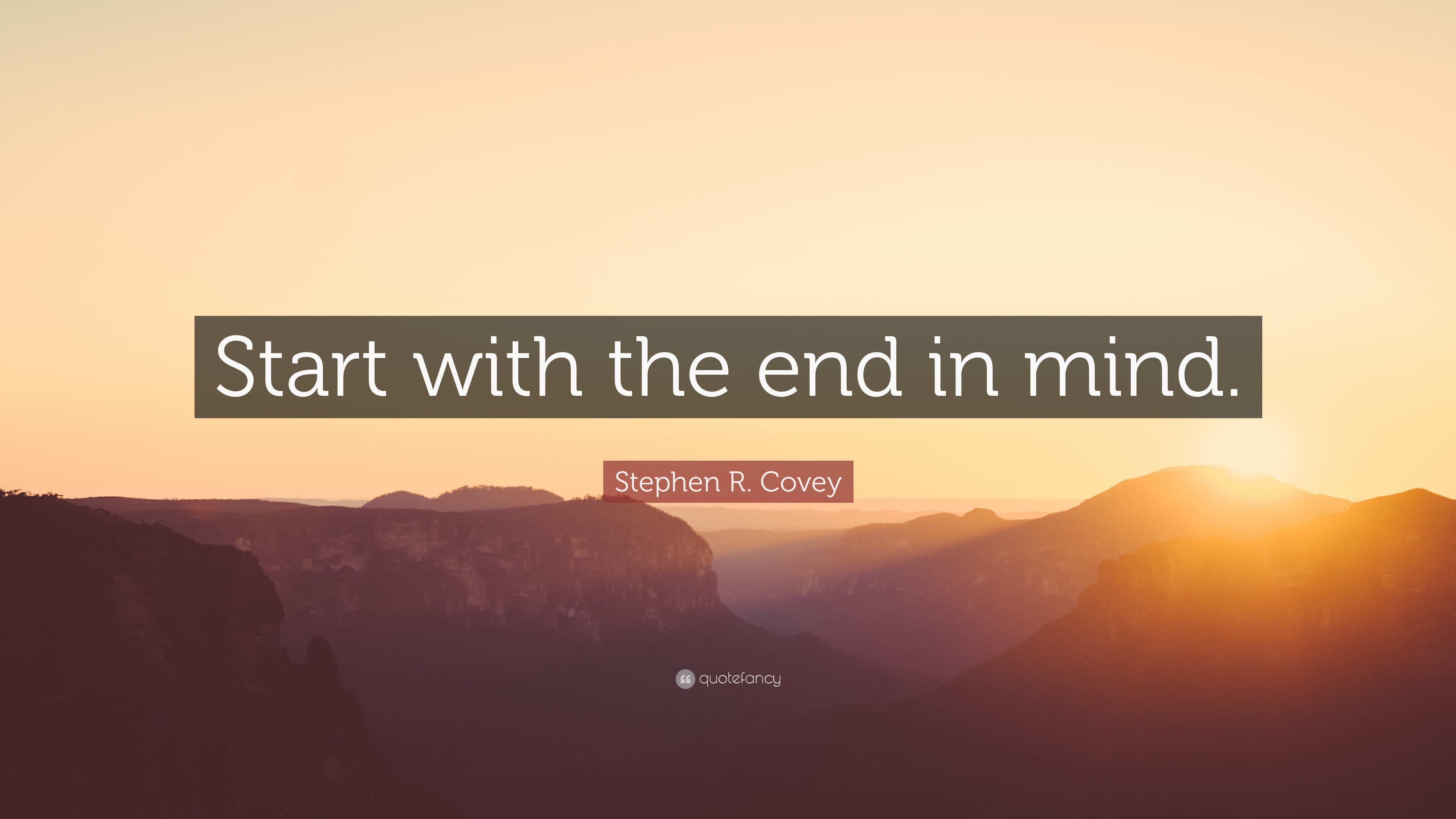
If you plan to harvest by grazing, a variety that is thin stemmed and has regrowth potential is often preferred, making sudangrass one of our best options.īeginning with the end in mind isn’t earth shattering, but it does help provide clarity and direction when decisions need to be made. They are best suited for silage, while thinner stemmed sorghum/sudan hybrids and millets are ideal for hay. Forage sorghums and thicker stemmed millets take longer to dry down, but produce the most yield. Deciding what sorghum, millet, or sudangrass variety or hybrid to plant depends on not only where the feed is destined, but how we plan to harvest and store it as well. In this scenario, quantity trumps quality, so harvesting later and going for a lower quality hay is best.Īs we look toward summer annual options, this decision gets even more complicated. In fact, providing too high of quality could end up backfiring by putting on too much condition and causing issues with breed-back next year. If the hay we are producing is destined for dry or early gestation cows, we don’t need super high quality.

Unless in late gestation or producing milk, they only have to worry about meeting their base metabolic demands. Mature animals like cows may not need the quality a young growing animal requires. This will sacrifice some production, so the decision still needs to be made if a higher quality feed is worth the cost, but knowing that quality won’t be wasted can assist in the decision making process. Harvesting early enough that the forage is still of high quality can provide a feed that will fulfill this demand. Growing animals like yearlings or calves need high quality feed to fuel their growth demands on top of their base metabolism. If the middle of the x is optimal, why would we deviate for something different? This is where beginning with the end in mind comes in to play. A similar story can be seen in other forages like oats and alfalfa. However, the tradeoff was an 8% drop in crude protein content from 18 to 10%. UNL studies have shown that yields in rye and wheat increased from 12 tons per acre to 20 tons per acre by delaying harvest from boot stage to soft dough. The shift in yield and quality can happen quite quickly. We are typically told to shoot for the middle of the x, where quality and yield are optimized, but this doesn’t always happen. The classic visual for this is a graph with plant maturity across the bottom and an x in the middle, the line sloping down is quality and the line going up is quantity. The amount of forage produced increases as the plant matures. Alternatively, young plants are short and still growing resulting in lower yield.

Quality is at its highest in a young plant and slowly drops as maturity increases.
Stephen covey begin with the end in mind full#
Early on new leaves and stems are tender and full of protein and energy. Plants follow a general trend as they grow and mature.

Knowing what animals will end up consuming our harvested feed can make a big impact on when we want to harvest.

By beginning harvest with the end in mind, we can make the decision of when to cut a bit easier, at least on the maturity side. Deciding when to begin cutting is always tricky, balancing plant maturity, labor availability, and weather. Early forage crops like small grains and alfalfa will be ready to harvest soon if they aren’t already. While I think “beginning with the end in mind” is a great philosophy to use throughout your life, it really applies right now at the beginning of our growing season. The concept it conveys resonated enough with Tom Osborn that he used it as the title of his recent speech to UNL graduates last weekend. You may or may not have heard this phrase before, but if you have ever read Stephen Covey’s best-seller “The 7 Habits of Highly Effective People”, you may recognize this as the title of habit #2.


 0 kommentar(er)
0 kommentar(er)
